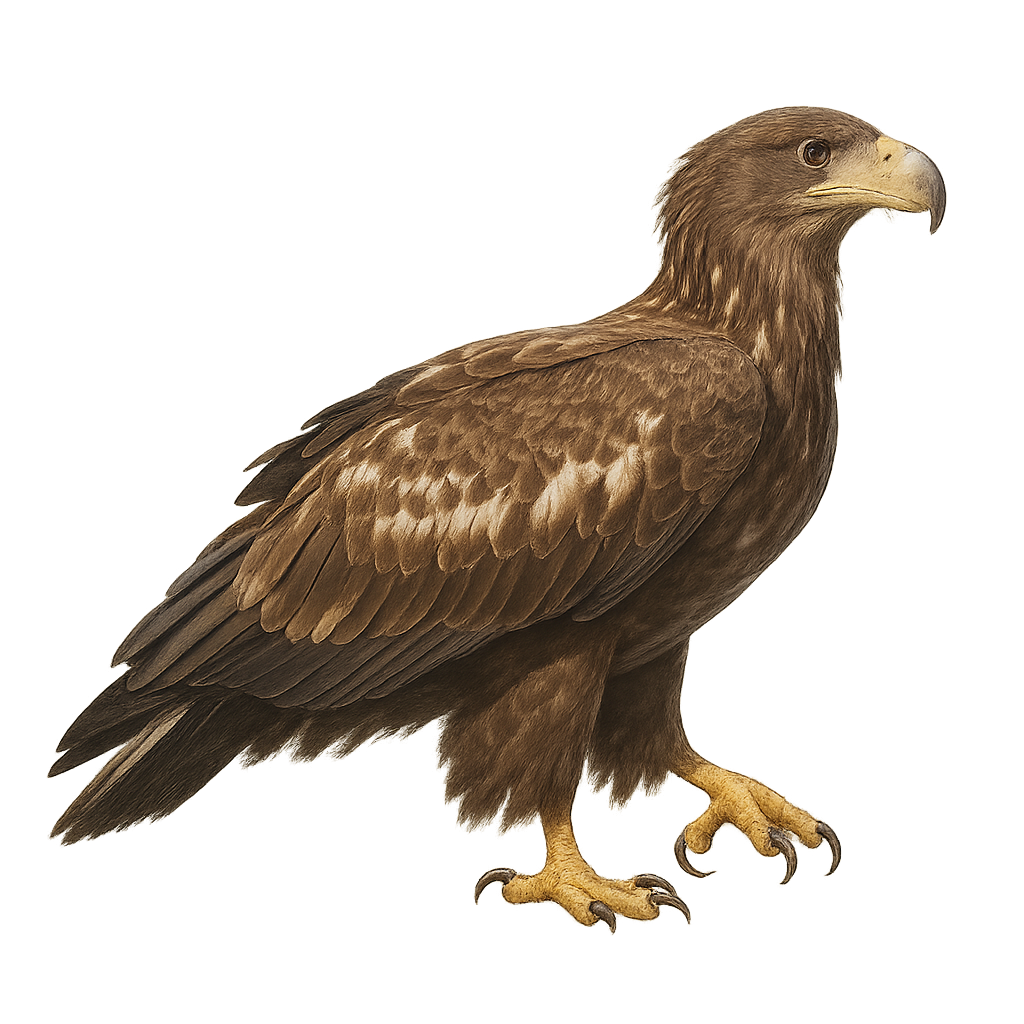Observe and photograph a species in its natural habitat
Learn where and when to observe a species in the wild, how to recognize it in the field, and what habitats it lives in. Get photography tips adapted to its behavior and capture stunning images without disturbing the animal. For full details, open the complete profile in the WildlifePhotographer app.
White-tailed Pyguargue
Scientific name: Haliaeetus albicilla

IUCN Status: Least Concern
Family: ACCIPITRIDAE
Group: Birds
Shyness: Suspicious
Safe distance: 50 m
Breeding season / Courtship: 01.02-28.02
Gestation: 35 à 38 jours
Births: 05.04-08.05
Habitat:
Forests and mountains
Description:
The White-tailed Eagle is a large raptor primarily found in Eastern Europe, Northern Asia, and some regions of Central Asia. It measures about 70 to 90 cm in length, with a wingspan of 1.8 to 2.3 meters, and weighs between 3 and 6 kg. Its plumage is primarily brown with a distinctive white head and tail. The White-tailed Eagle is an excellent fisherman, primarily feeding on fish, but it also hunts birds, small mammals, and scavenges carrion. It primarily inhabits areas near bodies of water such as lakes, rivers, and estuaries. While its population has been growing in some areas due to conservation efforts, this species remains vulnerable to habitat loss, water pollution, and human disturbances.
Recommended lens:
>=300 mm
Photography tips:
Use a telephoto lens to photograph from a distance, respecting the discreet nature of the species.
Photograph early in the morning or late in the afternoon, when the soft light highlights the brown plumage with the lighter head and neck of the White-tailed Eagle.
Look for it near aquatic environments, such as coastal areas, rivers, or lakes, where it primarily feeds on fish, aquatic birds, and small mammals.
Be patient and discreet to avoid disturbing its natural behavior. Avoid sudden movements and maintain silence.
The White-tailed Eagle is a protected species in France, classified as critically endangered, with fewer than 30 individuals recorded in the territory. It is essential to respect its environment and minimize disturbances, especially during the breeding season.
Ready to take action?
Choose your platform and start your free trial today



